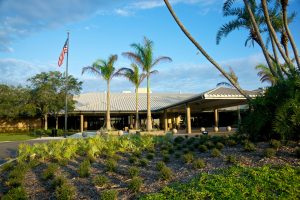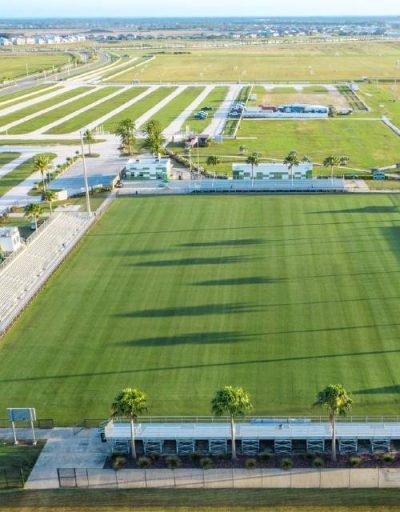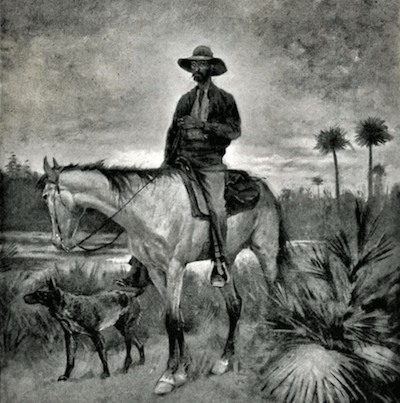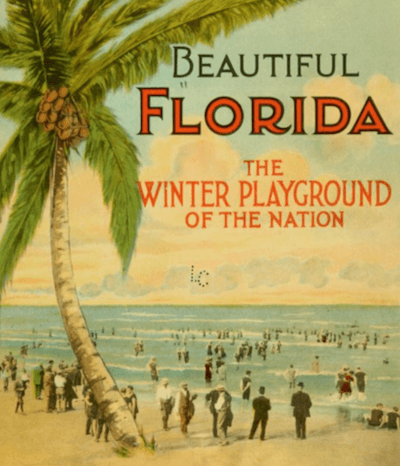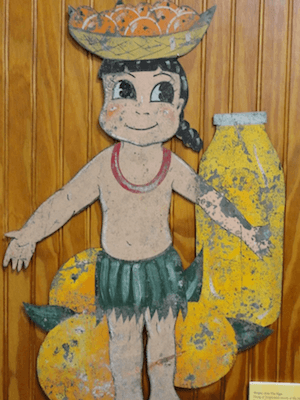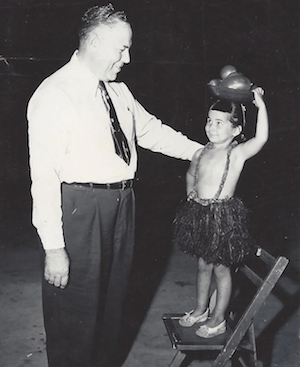The Agricultural Heritage of the Bradenton Area
Our agricultural heritage is our secret sauce
If you guessed oranges were the only thing grown in Florida, guess again.Head down to the Bradenton Area and you just might come across a juicy discovery: tomatoes are kind of a big deal here. Look long enough and you’ll eventually see a tomato truck taking goods either to or from one of our nearby tomato processing plants.”In Palmetto, we still have three major tomato packing houses,” says Melissa Morgan, Curator of the Manatee County Agricultural Museum, which was founded in 2002 to preserve, share and educate people about Manatee County’s agricultural heritage as well as to support local agriculture today and for the future.”The basis of the area’s history is agriculture,” Morgan explains. It’s always been part of the history of the area and continues to be a major contributor to our local economy today.
The roots of our agricultural heritage run deep — not just in tomatoes, but also dairy, fishing and citrus — all of which you can experience in person in one form or another today. (For more information about what to do, check out our digital agritourism guide.)
It all began with the first settler to the area, Josiah Gates. In the early 1800s, he toured the region and fell in love with its beauty, predicting that it would be a popular destination for settlement.
He also reasoned that any new settlers would need a place to stay while they were building their own homesteads. So, he built an inn, from which he served to his guests homegrown vegetables, fresh-caught fish and wild game.
Call the cow hunter
Eventually, cattle were introduced to the area. “Back then, the cattle were pretty unmanaged. They just wandered out into the scrub,” Morgan recounts.
Today, we call it free-range. In those days, everything was free to go wherever they wanted. “They literally wandered everywhere,” she continues. So, you’d have to hire people to help you round them up.
For that reason, “We don’t call them cowboys,” Melissa adds. “We call them cow hunters.”
One of the most famous was Morgan Bonaparte Mizell, affectionately known as “Bone” to his eleven brothers and sisters. He had a special talent for recognizing and remembering cattle and brands. If a cow man wasn’t sure which brand belonged to which ranch, he called Bone.
Produce paradise
After the Civil War, people flooded into the Bradenton Area looking for a new start. Palmetto was founded and as people began to carve up the land, raising crops grew in popularity: Peppers, celery, oranges, sugarcane and more.
By the early part of the 20th century, “Pretty much any crop you can think of is what they started growing,” Morgan recalls. Around this same time, as the railroad began to connect the country, the tradition of shipping fresh produce up North begins.
Tomato takeover
By the 1920s, tomatoes began to replace celery as the largest crop in the county and they’ve occupied the top spot ever since.
Why the change of direction? Like lots of things in life, the reason is largely economic.
“They grow really well down here but they also made so much more money than the celery,” Melissa explains. “And celery requires kind of a mucky soil base, so you need a lot of water to run through there and you don’t really need that for tomatoes.”
The only real obstacle is the heat.”We harvest in what is considered off-season for the rest of the country.” Morgan details. “We don’t grow things here in the summer. It is far too hot.”
So, tomato-growing season in Bradenton is split into two times of the year. The first batch is planted in January and harvested in April. The second group goes in the ground in August and is plucked in November.
The tale of Tropicana
And while tomatoes may be our number one crop, Florida wouldn’t be Florida without oranges. “And Tropicana is still one of the largest employers in the area,” Morgan notes.
Founded in Palmetto in 1947 by Anthony Rossi — an Italian immigrant who came to the U.S. with just $25 to his name — Tropicana saw success from the start. “They had a global presence from pretty early on,” Morgan notes.
Ironically, before founding the company, Rossi grew (wait for it) tomatoes. He saw modest success with various other side businesses, but nothing close to what he achieved with oranges — especially upon discovering he could just juice the lesser-looking oranges that could not be shipped. At the same time, he discovered flash pasteurization, which kept it fresher longer.
Discover more stories at the Museum
Located in neighborly Palmetto, the Manatee County Agricultural Museum is a short 10-minute drive from downtown Bradenton, sitting across from historic Sutton Park, which itself is packed with history—as well as festivals, concerts and play areas for kids.
The museum features displays of tools, equipment, photographs and exhibits that tell the stories of our rich agricultural past. Exhibits focus on the county’s primary commodities, including livestock, vegetables, citrus, horticulture, and commercial fishing. There’s also a Hall of Fame, commemorating people past and present who’ve made large agricultural contributions to the area.
Admission to the Museum is free, but donations are encouraged.
Hours
Tuesday – Friday (And the first and third Saturdays of the month)
10 a.m. – Noon and 1-4 p.m.



